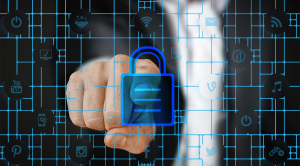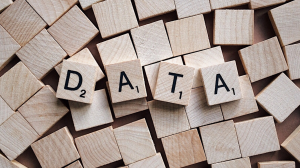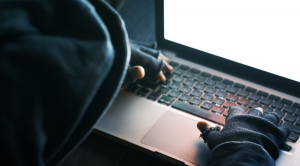What should you do if your identity is stolen?
Have you ever faced a loss of identity? It was truly a horrifying experience. Unfortunately, losing your identity is not a rare phenomenon, and it feels like you've been exposed and have to deal with disappointment. However, the good news is that you can take some steps to deal with this condition. Accepting responsibility is the most effective way to protect yourself and recover from the situation. Understanding the reporting process and addressing the issue of identity loss is key to keeping yourself and your family safe. So, if you've recently faced identity loss, take heart and follow these steps to get things back on track.
Steps to take if your identity is stolen
Recognizing identity theft early and responding quickly is critical to minimizing its impact.
Notify your bank or credit card company immediately
Contact your bank or credit card issuer immediately. In this way, they will assist you in protecting your account, potentially temporarily freezing or restricting transactions to prevent further inappropriate transactions.
Change your password and enable two-factor authentication
First, reset passwords for your sensitive accounts, like email, banking and important social media platforms, as they can be used to impersonate you. Once you've completed the other steps, go back and change the passwords for all your other accounts.
Continue monitoring your financial statements and accounts
Regularly check your financial statements and account status. Even though you have changed and frozen your passwords, make sure that no accounts have been left behind. Stay alert because thieves may try to reuse your information again.
Search yourself on Google
Look for any suspicious entries related to you on social networks, forums or marketplaces. Stolen identities can be used in these spaces.
Notify law enforcement
Collect evidence and file a report with the police. Even for online identity theft, notifying local law enforcement will create an official record. This record can become important for evidence, especially when financial institutions or other agencies need the information.
Set up fraud alerts or credit freezes
Fraud alerts make it difficult for someone else to open a new credit account in your name. In contrast, the credit freeze process not only has lower complexity but also requires several additional steps to complete. However, this also means that new credit cannot be issued in your name while the freeze is in effect.
Replace stolen IDs and other documents
Contact the agencies responsible for issuing important documents such as social security cards, driver's licenses, passports, health insurance cards and identity cards. Provide an identity theft report and request replacement of these documents.
Scan your device for malware
Perform a thorough scan on all devices to detect and remove malware. Types of malware such as keyloggers or remote access trojans can facilitate identity theft. Use premium and reliable antivirus software to perform a comprehensive scan, helping you detect and destroy any threats that may appear.
How to prevent identity theft
1.Create strong and unique passwords for each account, especially for email, banking, and social media, as these passwords can be used to impersonate you. Choose passwords of high length and complexity, and use a password manager to easily recall them. Enhance your security by setting up two-factor authentication (2FA). Even if your password is compromised, this layer of protection still provides important protection.
2.Protect personal documents such as passports and tax forms by keeping them in a secure location. Shred or burn anything containing personal information, and do not throw it away. Download the bank-specific app to proactively monitor your accounts and receive timely notifications, reducing the risk of missed unauthorized transactions.
3. Limit the sharing of information online, especially on social networks. Social media often encourages oversharing, but reducing personal information online makes it harder for thieves to decode your identity. Regularly check your online account privacy settings and make sure that only people you approve have access to shared information.
4.Always update your software and operating system to prevent hackers from exploiting vulnerabilities and bugs. Avoid using unsecured public Wi-Fi without a VPN, and encrypt your home and mobile internet connections to prevent unauthorized access to your transmitted data.










